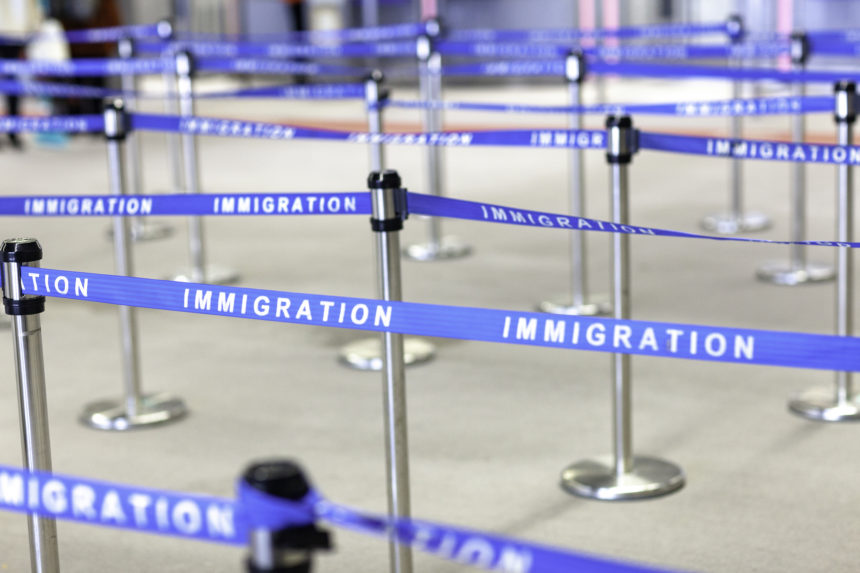
The long-term care industry Friday may have hit a bump in pinning some of its hopes on immigration to ease the ongoing workforce shortages, as the U.S. Citizenship and Immigration Services announced that the cap has been reached for the number of H-2B visas granted for returning workers.
The H-2B visa program lets employers hire foreign workers to come to the United States temporarily for a work-related reason.
President Biden gave the secretary of homeland security the authority to increase the number of H-2B temporary immigration visas for temporary, non-agricultural jobs. The prospective workers, according to LeadingAge, could be employed as short-term personal care aides, nursing assistants and home health aides. But the agency hit the limit of petitions for the 22,000 additional visas earlier this month.
Immigration, however, is only one part of addressing workforce shortages in long-term care, the American Health Care Association / National Center for Assisted Living told the McKnight’s Business Daily.
“This is why we need commonsense immigration reform as part of a multi-tiered approach to address workforce challenges in long-term care,” the association said. “While the H-2B visa program has been helpful, no one program will help us attract the caregivers we need. We urge Congress and state lawmakers to pass meaningful solutions, such as those we have put forth in the Care for Our Seniors Act.”
The Care for Our Seniors Act, from AHCA / NCAL and LeadingAge, lays out several strategies for recruiting and retaining long-term caregivers. Among them, the groups suggest that Congress increase the opportunities for foreign-born individuals to work in long-term care to fill vacancies and also expand the ability for international nurses to come to the United States.




